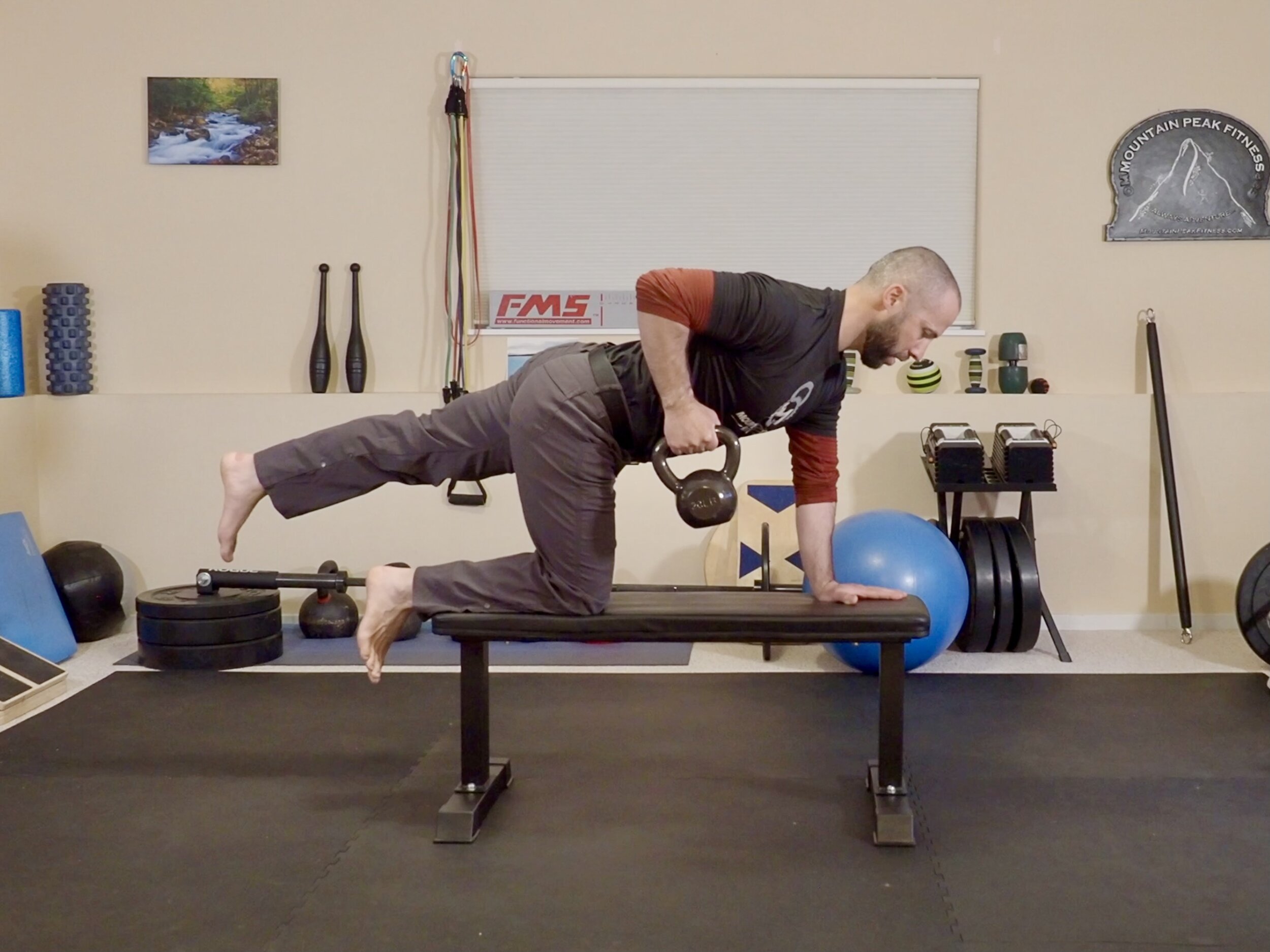Power & Heart Rate Threshold Testing For Running & Cycling
Your Threshold is simply the hardest possible effort you can sustain for 60 minutes. Your average heart rate, power and pace for this effort is your threshold. To do a 60 minute all out effort is extremely challenging and not necessary. A shorter 20 minute test can be done in place to establish your threshold.
This 20 minute test is still very challenging, your breathing will be deep, RPE will be 7-10 and you will feel a burning sensation in the working muscles; you're basically redlining. This should be done when you're rested and motivated. During the test there are 2 specific data points we will look to capture:
Lactate Threshold Heart Rate or LTHR. This is your average heart rate for a 20 - 60 minute all out effort for running, cycling & swimming.
Functional Threshold Power or FTP. This is your average power (watts) for a 20 - 60 minute all out effort in cycling.
When you establish your threshold, you will be able to determine your Heart Rate & Power Training Zones for your specific sport. These zones range from zone 1, your recovery zone, to zone 7, neuromuscular power. Setting up your training zones are vital to you reaching your goals and for proper scheduling of your workouts and workout intensities.
You will need to test for each sport you are training for; running, cycling and swimming. This is because your running LTHR will naturally be higher than your cycling LTHR because of gravity and the impacts of running, which require more muscle activation & energy expenditure, leading to a higher HR. Swimming is usually on the lower side, except for highly conditioned athletes in the sport so there are exceptions. To learn more about Heart Rate & Power Training Zones, click here.
The 20 minute threshold test is very accurate and a great alternative to a 60 minute effort or metabolic testing. The test should be done on a course that you can repeat from time to time throughout the year, in roughly the same conditions with the same variables such as stress levels, dietary intake, etc. This way your can compare tests for the season and from years past.
Along with testing, you may have races or training days where you are hammering it for 20, 30 on up to 50+ minutes straight. You can actually use these numbers as well to confirm the tests you did or to establish new threshold #’s and training zones with them.
The best devices to use in order to capture your power, heart rate, pace, elevation changes, etc. are GPS Computers. These can be watch based, mounted on bikes or recorded through your smartphone. To learn more about which computers & apps we recommend, visit our Recommended Gear Page.
Establishing your Threshold FTP & LTHR ensures that your training smart and getting the most out of your workouts. These are the most important training numbers you will need and they won’t lie. With a seasoned coach keeping an eye on your training data, you will be sure to maximize your training response and recovery.
Lactate Threshold Heart Rate (LTHR) & Functional Threshold Power (FTP) Testing For Cycling
20 Minute Time Trial
Duration 1:15 - 1:40
Be sure to warm-up with the same general or specific warm-up for each test. Do the test solo, use the same course and variables (weather, time of day, etc.) to maximize the consistency and accuracy of the test. Be sure you're rested going into the test. The gear that you will need is a power meter, bike, heart rate & GPS computer, and or app for data recording.
The Test
Warm-up - Ride 20 minutes at an endurance pace, RPE 2-3.
Complete 3 x 45-60 seconds fast pedaling 100 - 120+ rpm (revolutions per minute), with 1 min recovery intervals (Ri). Follow up with easy riding for 5 min. Focus on good pedaling mechanics for each set and throughout the test.
1 x 5 minute max sustainable effort, focusing on pacing from start to finish of the set, saving a little in the beginning to give a little more in the end, RPE 7+.
10 minutes easy riding. RPE 1-2. Be sure to hydrate & fuel properly but don’t over do it. Goal of the warm-up is to open up the legs and prepare the cardiorespiratory, muscular and nervous system for the test ahead.
Test - Complete a 20 minute time trial on a flat to slightly uphill course. Make sure the course doesn’t have any stoppage or slow downs. The course can also be undulating, as long as the downhills are no greater than 3% and kept to a minimum. This can also be done on an indoor trainer, just be sure to use a fan and try to create as natural an environment as possible so the test can be duplicated easily. This is an all out effort for the entire 20 minutes. Proper pacing and familiarity with the test will ensure that you don’t blow up during the last 5-10 minutes. This is a highly motivated effort so mentally prepare yourself. Proper breathing and mechanics throughout the set is vital.
Cool down - Easy riding for 10 - 20 minutes, RPE 2-3. You can also continue to ride another 30-60+ minutes at an easy to moderate pace or complete the workout scheduled by your coach.
Results
To determine your LTHR & FTP, click the lap button on your training device at the start of the test and again at the end, you can also figure this out in Training Peaks or Strava if you forget to hit the lap button. Your average heart rate and wattage, minus 5% is your Functional Threshold Heart Rate and Functional Threshold Power.
The reason to subtract 5% from the test is because your LTHR & FTP is defined as the highest average wattage or heart rate you can maintain for 60 minutes at maximal effort.
The more times you complete this test, the more reliable your training zones are and the more you become aware of what it feels like training and racing at and around your threshold. You can also figure.
Lactate Threshold Heart Rate (LTHR) Testing For Running
20 Minute Time Trial
Workout duration 1:15 - 1:40
Be sure to warm-up with the same general or specific warm-up for each test. Do the test solo, use the same course and variables (weather, time of day, etc.) to maximize the consistency and accuracy of the test. Be sure you're rested going into the test. The gear that you will need is a heart rate & GPS computer, and or app for data recording.
The Test
Warm-up - Run 20 minutes at an endurance pace, RPE 2-3.
Complete 3 x 1 minute high cadence running 90 - 100 rpm (revolutions per minute), with 1 min recovery intervals (Ri). Follow up with easy running for 5 min. Focus on good running mechanics for each set and throughout the test.
1 x 5 minute max sustainable effort, focusing on pacing from start to finish of the set, saving a little in the beginning to give a little more in the end, RPE 7+.
10 minutes easy run/walk, RPE 1-2. Be sure to hydrate & fuel properly but don’t over do it. Make sure you are properly fueled and hydrated before the test. Goal of the warm-up is to open up the legs and prepare the cardiorespiratory, muscular and nervous system for the test ahead.
Test - Complete a 20 minute time trial on a flat to slightly uphill course. Make sure the course doesn’t have any stoppage or slow downs. The course should have no descending. This can also be done on a treadmill, be sure to use a fan and try to create a natural environment so the test can be duplicated easily and the results are as close to what outside would be. This is an all out effort for the entire 20 minutes. Proper pacing and familiarity with the test will ensure that you don’t blow up during the last 5-10 minutes.
Cool down - Easy riding for 10 - 20 minutes, RPE 2-3. You can also continue to run/hike for another 30-60 minutes at an easy to moderate pace or complete the workout scheduled by your coach.
Results
To determine your LTHR click the lap button on your training device at the start of the test and again at the end of the 20 minute TT. Your average heart rate minus 5% is your Lactate Threshold Heart Rate. The reason to subtract 5% from the test is because your LTHR is defined as the highest average heart rate you can maintain for 60 minutes at maximal effort. You can also figure this out within Training Peaks and Strava.
The more times you complete this test, the more reliable your training zones are and the more you become aware of what it feels like training and racing at and around your threshold.














